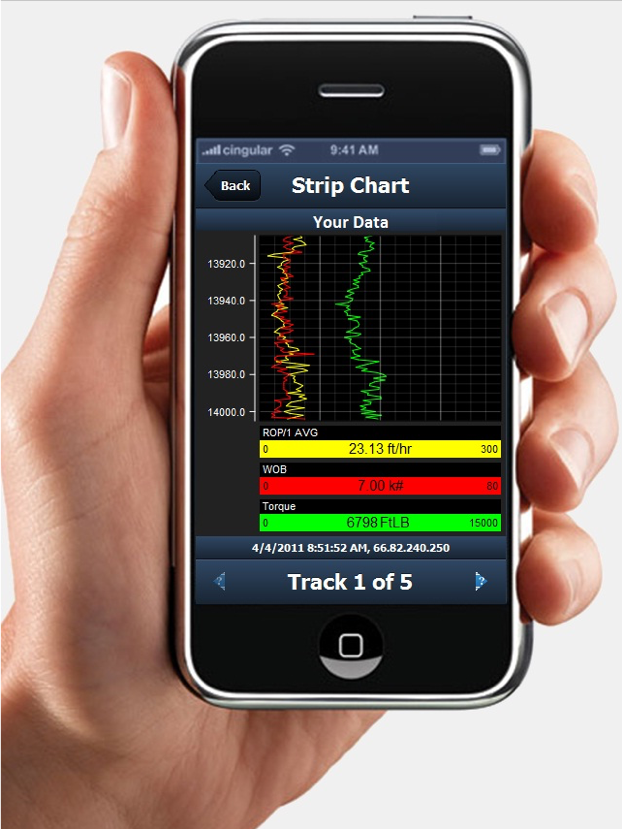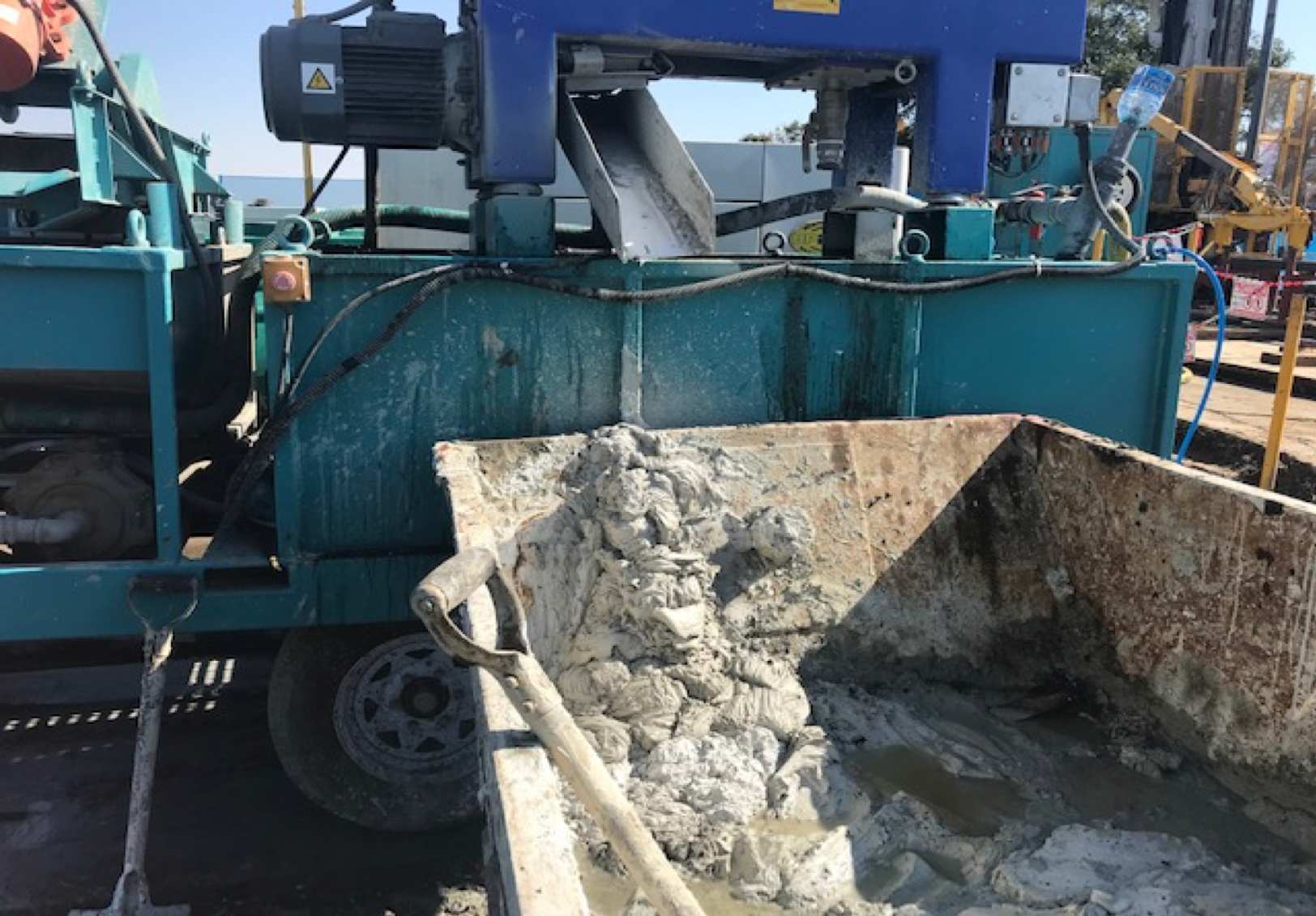Innovation Guidelines — Drilling Parameter Recorders
By Colin Rice · Colin Rice Exploration Drilling Advisory · www.colinrice.co.za
The exploration drilling industry is undoubtedly experiencing significant pressure to improve levels of safety performance through the implementation of a number of safety innovations such as hands-free rod handling, remote control of drill rigs, above ground sump systems, cameras and wrench-free drill sites amongst others.
It is important to distinguish between recording of drilling data and “measurement while drilling” (MWD). MWD refers to recording of downhole geophysical data while drilling, such as, gamma, resistivity and density. The discussions were therefore limited to the recording of drilling parameters; rate of penetration, weight on bit, rotational speed, torque, circulating pressure and fluid flow rates. Data such as pullback loads (or overpull) can also be recorded.
Based on interactions with a number of mining companies and contractors, it is clear that there is a lack of clarity about the advantages and disadvantages and the appropriate application of some of these innovations. It has also become apparent that some manufacturers do not have a clear idea of what the ideal drilling parameter recording system should look like.
In order to get some clarity and consensus, DrillSafe facilitated a series of workshops to discuss these ideas and to formulate a set of guidelines that could assist manufacturers, mining companies and contractors. Take a look at what the Drill Rig Safety Guidelines Innovation Forum was about here. A summary of the discussions held during the Forums are included below followed by the guidelines that were developed.
Summary of Discussions
1. It is recognised that recording of drilling parameters can provide significant amounts of additional value to both mining companies and contractors.
2. Data recorded can have a number of benefits:
improved geological interpretation
improved drilling efficiency and reduced costs
can assist in accident / incident investigation
can assist in accident prevention
could alter driller behaviour
can assist in borehole management and activity tracking
can assist in dispute resolution
can assist in tracking water losses
3. It is recognised that there must have a clear purpose for the collection of drilling data and it is important that data collected is converted into useful information otherwise it will be no value.
5. Collection of drilling parameters is considered a “nice to have” but not an essential change to current drilling operations. It should be a relatively inexpensive add-on when implementing electronic controls of drill rig functions to remove the Driller from the line of fire.
6. Once installed, there should be no additional cost for acquiring and recording the data.
Guidelines for the implementation of drill parameter recorders on drill rigs
1. Systems must be able to monitor and record the following parameters:
rotational speed,
torque,
weight on bit,
rate of penetration,
drilling fluid circulating pressure and,
drilling fluid flow rate.
2. The system must be capable of storing data for at least 3 days, alternatively, the system must be capable of transmitting data to an off-site storage system.
3. Systems must be robust and must be so designed that daily repairs and maintenance can be carried out by the normal drill rig maintenance team.
5. Systems must be fully and completely risk assessed and a copy of the risk assessment must be provided to the mining company.
6. Full operation and safety, maintenance and parts manuals must be provided for the system.






The exploration drilling industry is undoubtedly experiencing significant pressure to improve levels of safety performance through the implementation of a number of safety innovations…